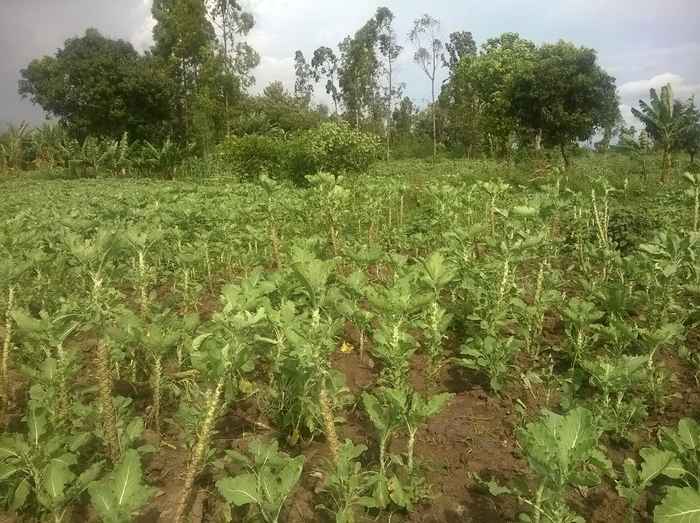Assessing human exposure to pesticides based on wastewater: investigating populations near flower bulb fields
4 June 2025

Several specific human biomarkers of pesticides authorized for use in bulb fields were investigated in influent wastewater in five different cities during the period of pesticide application. This is a unique investigation of selected biomarkers of pesticides authorized for bulb cultivation, that were not previously considered.
Wastewater-based surveillance (WBS) is a complementary approach that overcomes some of the limitations of human biomonitoring, such as sampling biases, invasiveness, high costs and ethical issues. 71 influent wastewater samples collected in May-June 2020 from five locations in the Netherlands (Tollebeek and Lisse as flower bulb areas, Utrecht, Nijkerk and Nieuwe Wetering as control areas), during the initial stage of the Covid-19 pandemic. 8 out of 11 human biomarkers (2,6-EA, 3-PBA, 3,4-DCA, 4-HSA, HCBA, DES, ASU, BOS-OH, TEB-OH, 6-CN, N-DMA) of pesticides (metolachlor-5, diverse perethroids, linuron, chlopropham, cyhalotrin-lambda, terbutylazine, asulam, boscalid, tebuconazole, acetamiprid, imidacloprid, thiacloprid) were not detected in any of the samples analyzed. This unique investigation showed significant differences in the exposure biomarkers of tebuconazole and metolachlor-S (i.e., TEB-OH and 2,6-EA, respectively) in influent wastewater of Tollebeek. Non-significantly increased PNMLs of 2,6-EA and the metabolite of linuron (3,4-DCA) were found in samples of Lisse. Yet, TEB-OH was not detected in Lisse, the other location near flower bulb fields.
The results obtained in the present study illustrate that a population living near a flower bulb field is exposed to higher levels for some pesticides than people living in control areas, and emphasize the need of wide monitoring campaigns for assessing human exposure in flower bulb cultivation areas. Next to flower bulb cultivation, in which a relatively high load of pesticides is being used, a wider variety of crops will also be of interest, such as potatoes, other vegetables and fruit trees.